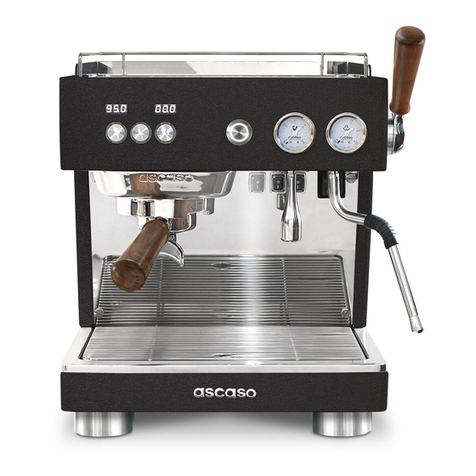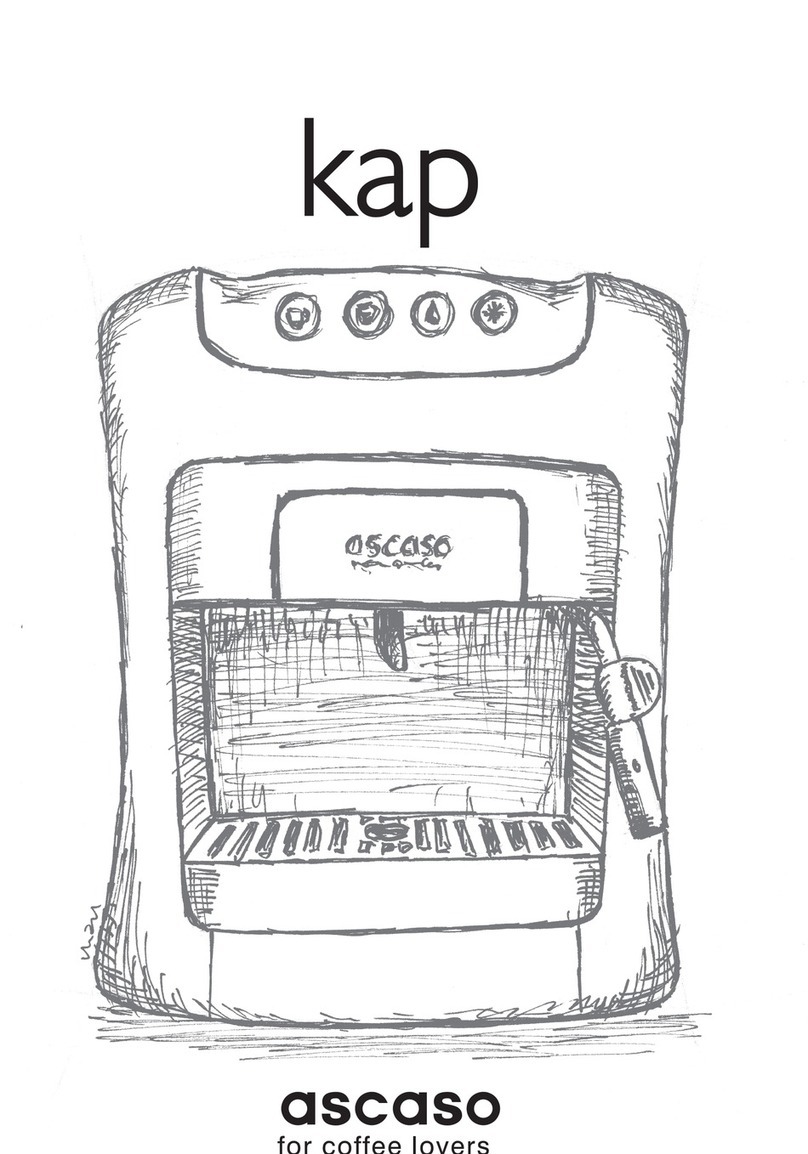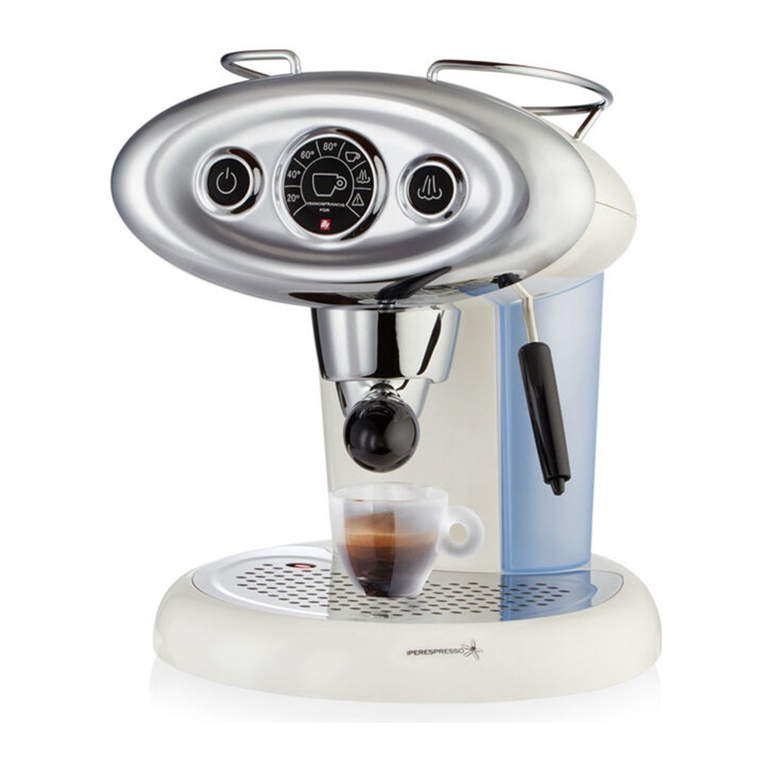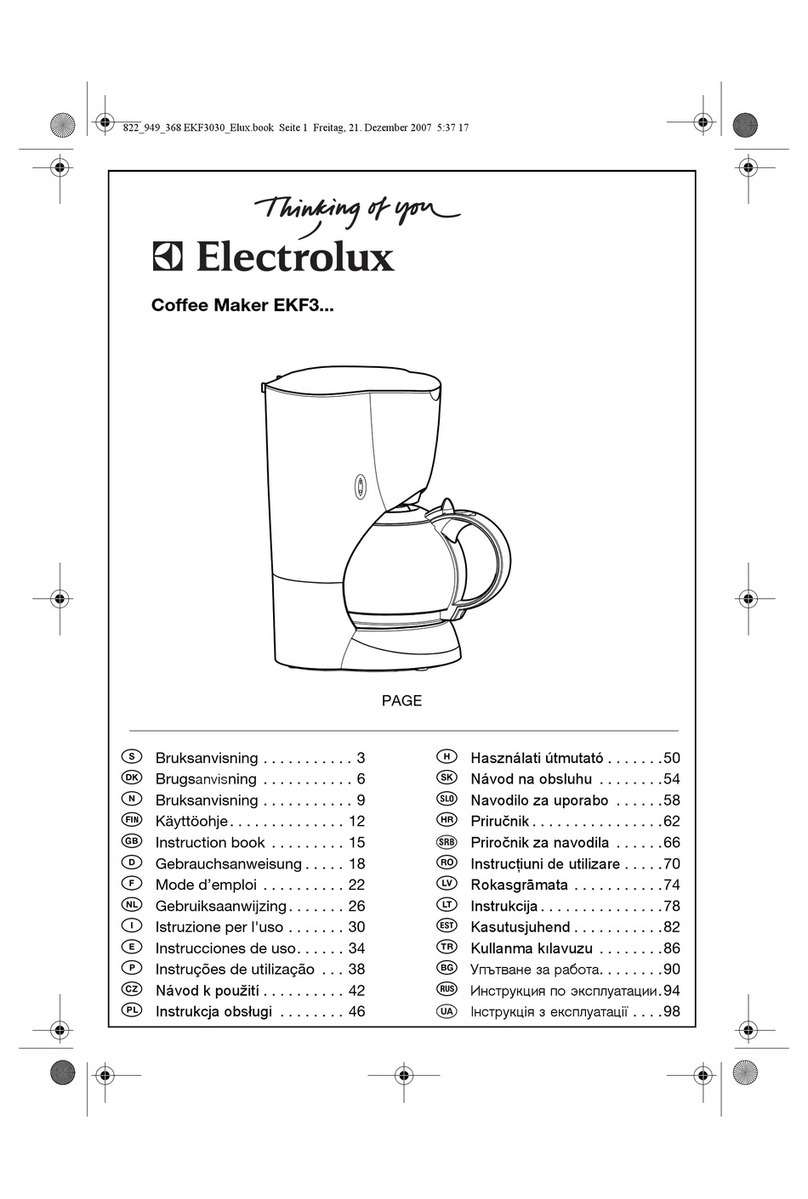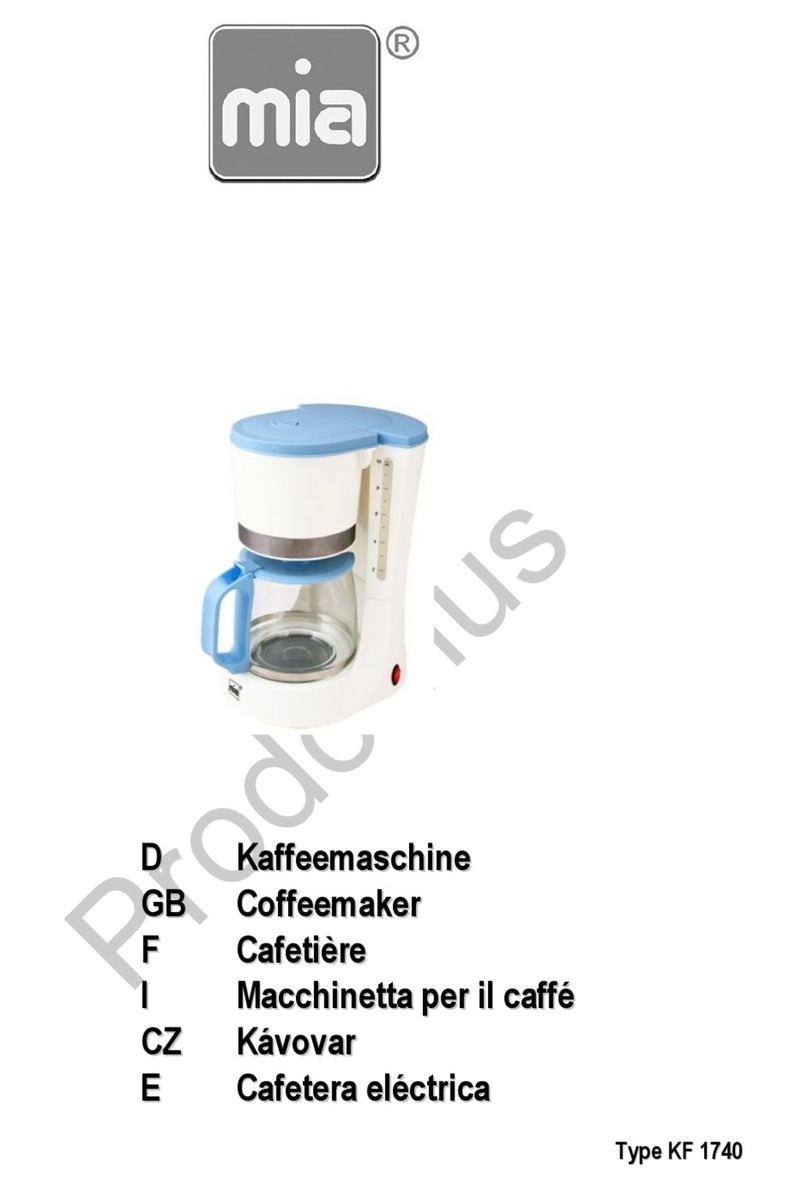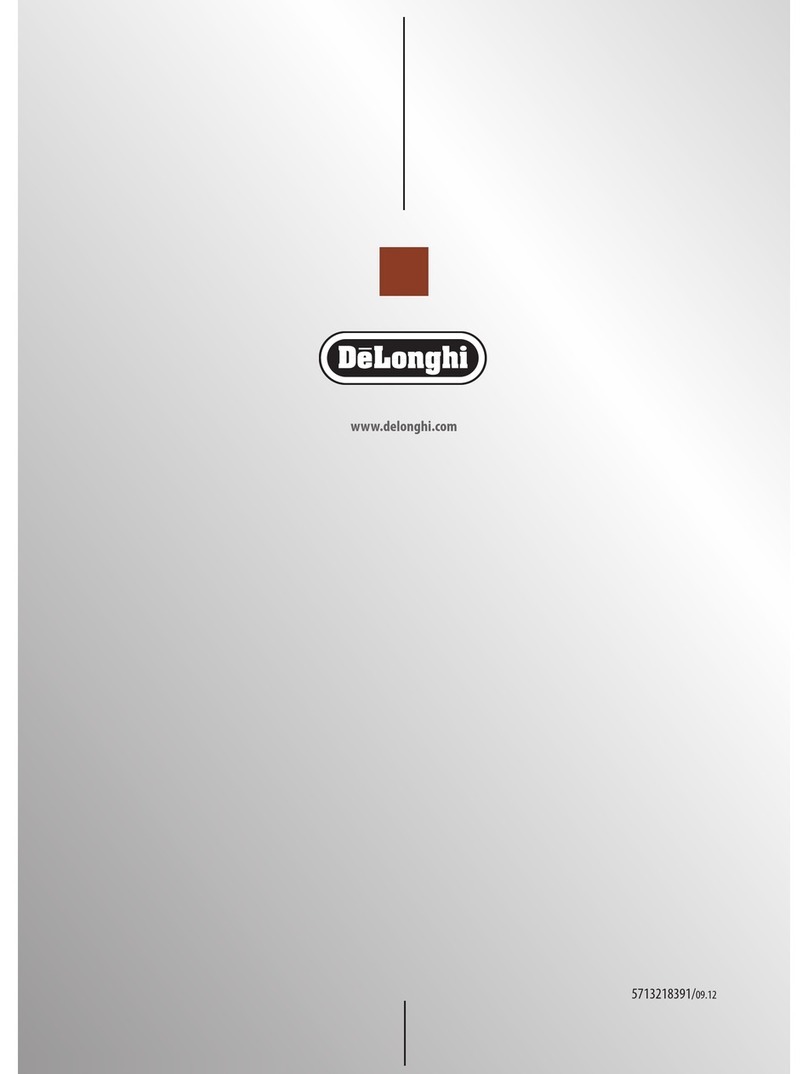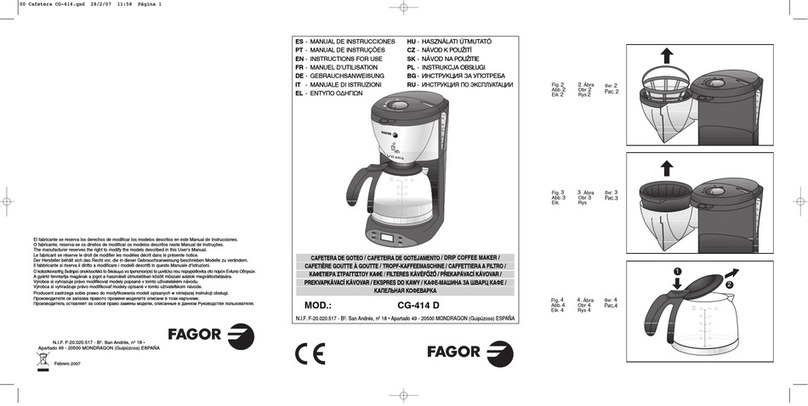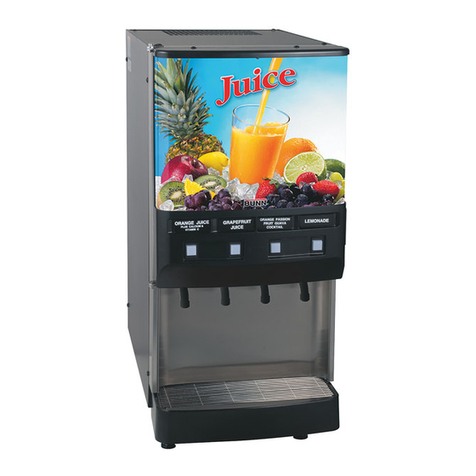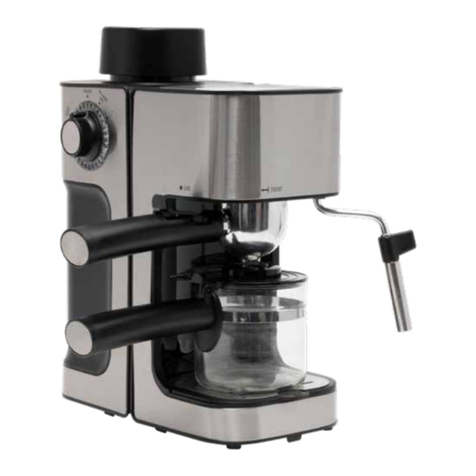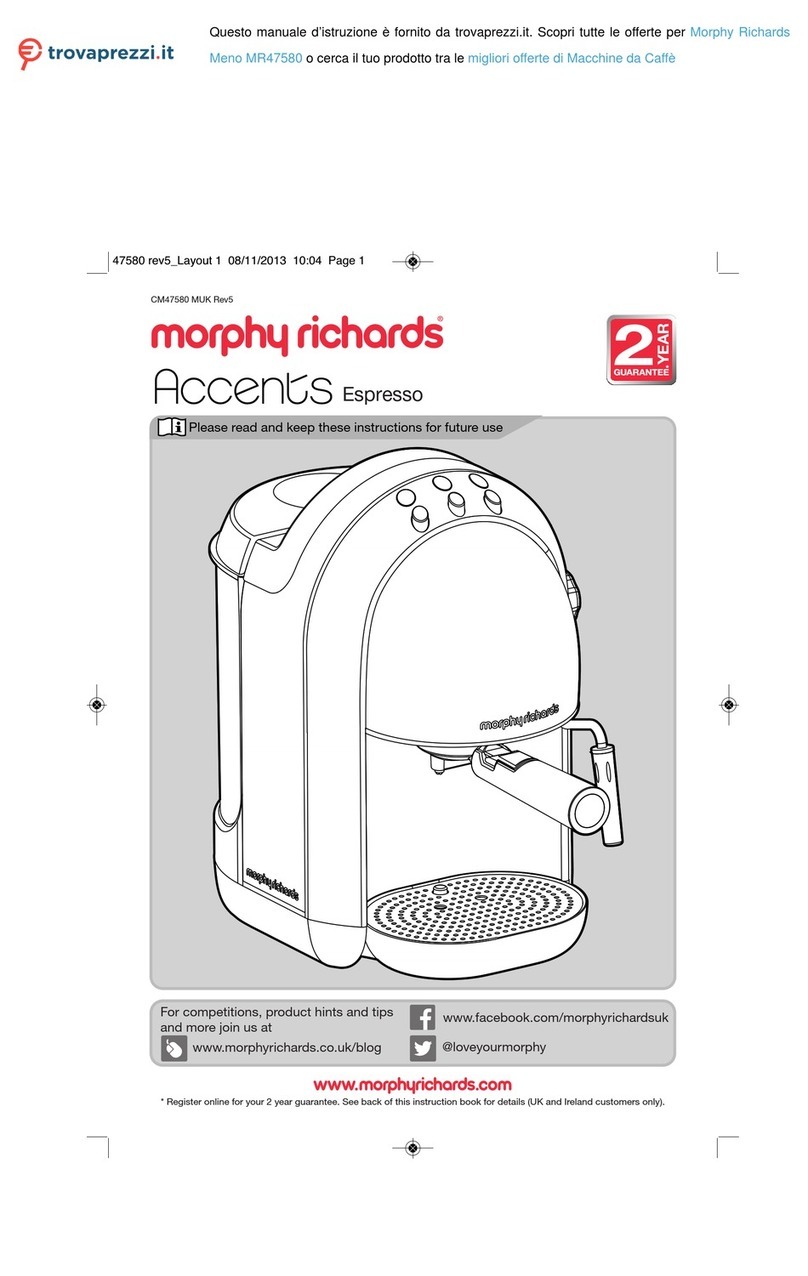Ascaso BARISTA T User manual
Other Ascaso Coffee Maker manuals

Ascaso
Ascaso Steel UNO-1 User manual

Ascaso
Ascaso DUO-P User manual

Ascaso
Ascaso Duo Steel Series User manual

Ascaso
Ascaso Barista User manual

Ascaso
Ascaso BABY T ZERO User manual

Ascaso
Ascaso Dream User manual

Ascaso
Ascaso Duo Steel Series User manual

Ascaso
Ascaso STEEL BAR User manual

Ascaso
Ascaso Dream User manual

Ascaso
Ascaso Dream User manual

Ascaso
Ascaso Steel UNO-1 User manual

Ascaso
Ascaso Dream User manual

Ascaso
Ascaso Dream User manual

Ascaso
Ascaso BARISTA PRO 3GR User manual

Ascaso
Ascaso Steel Bar Series User manual
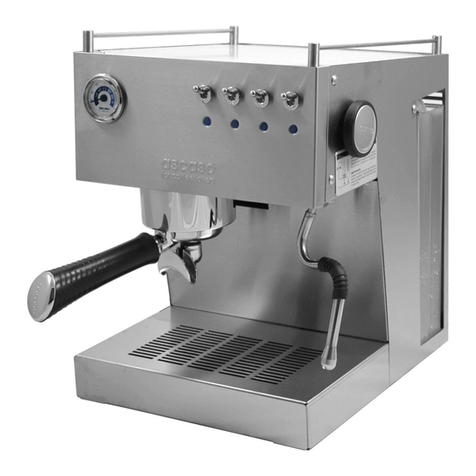
Ascaso
Ascaso UNO-3 User manual
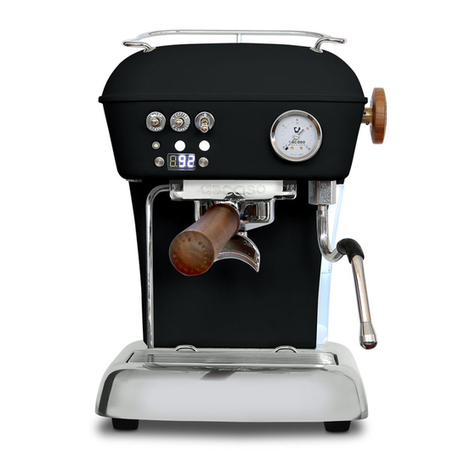
Ascaso
Ascaso PID User manual
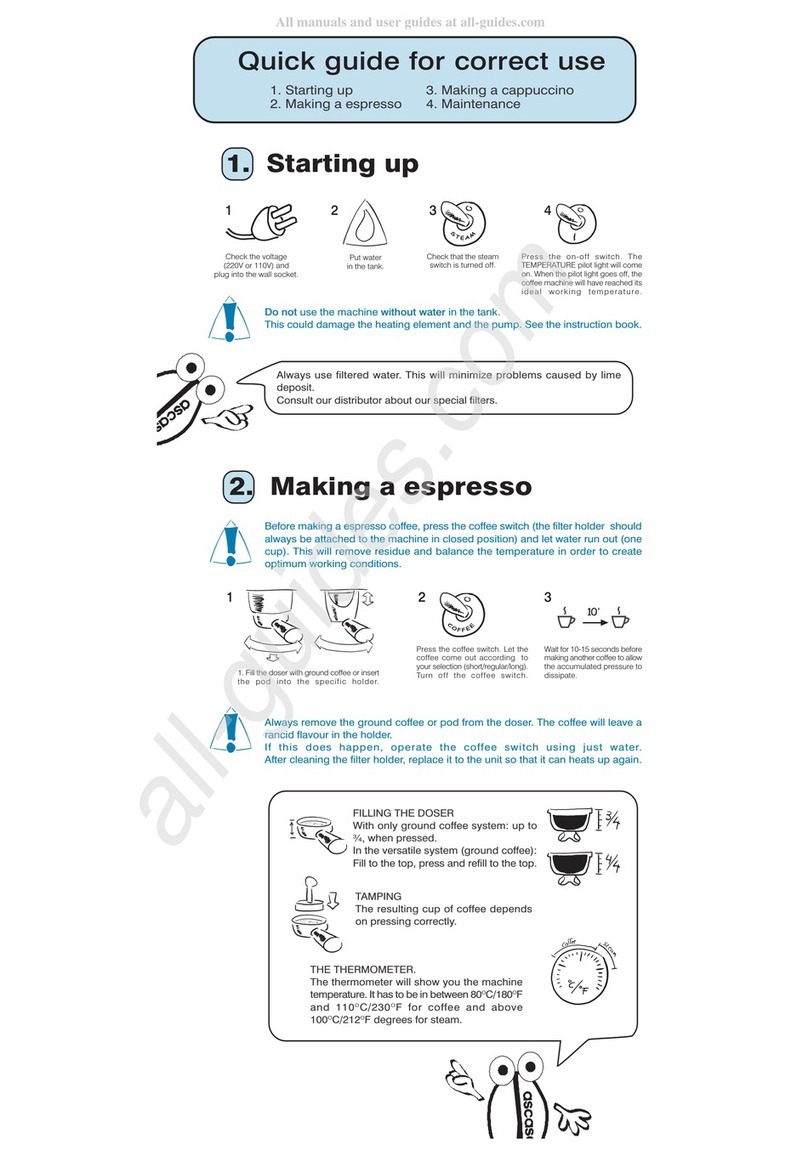
Ascaso
Ascaso Arc User manual
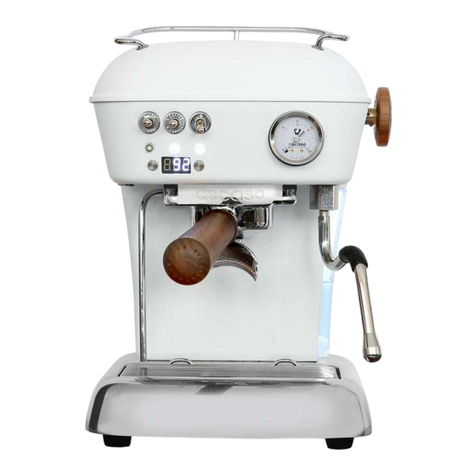
Ascaso
Ascaso Arc User manual
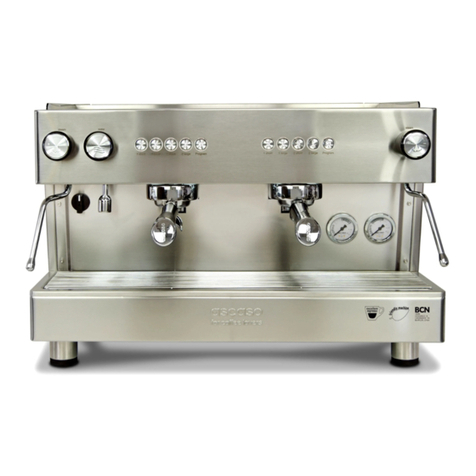
Ascaso
Ascaso BARISTA 1GR User manual
Popular Coffee Maker manuals by other brands

Bunn
Bunn LCA-1 Installation & operating guide

Chris Coffee Service
Chris Coffee Service Silvano owner's manual
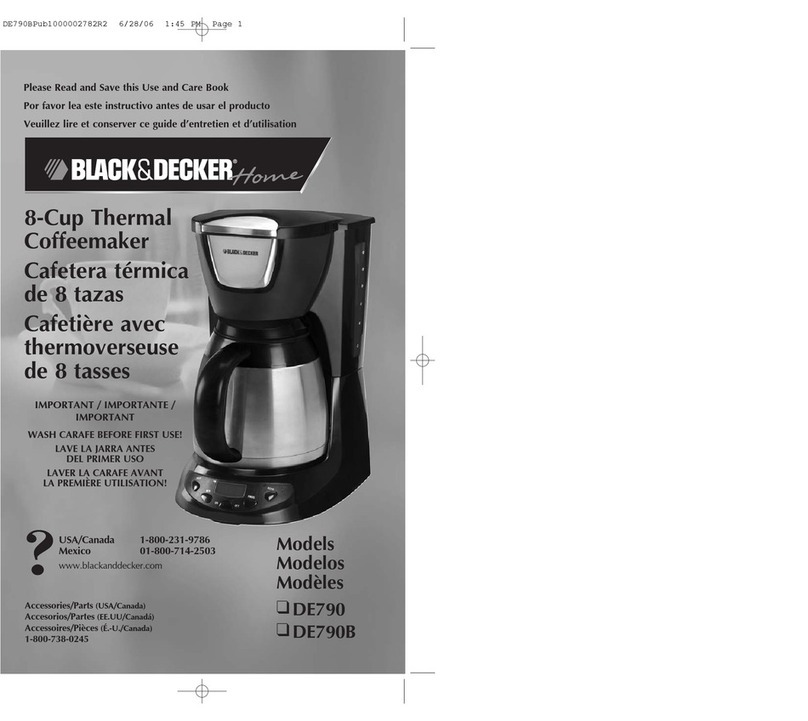
Black & Decker
Black & Decker BLACK DECKER HOME DE790 Use and care book

Saeco
Saeco Vienna Plus Sup 018M operating instructions

INCAPTO
INCAPTO BXCO1470E Instructions for use
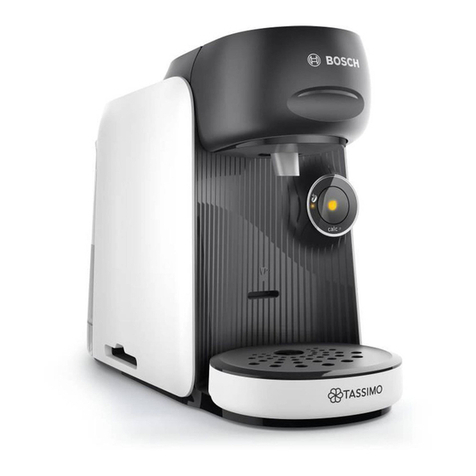
Bosch
Bosch TASSIMO finesse TAS16B Series user manual

